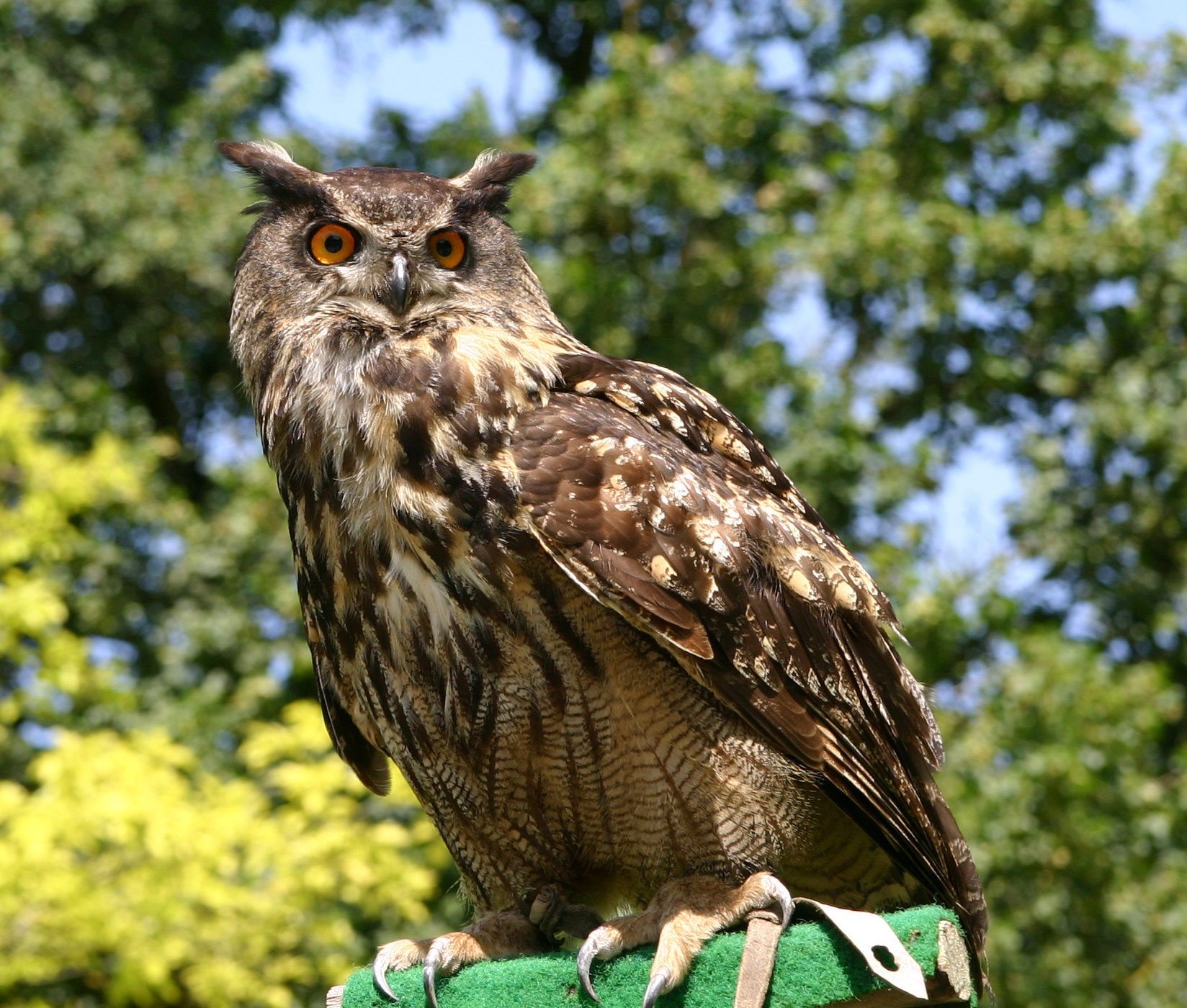Hi,
So, I moved my Animal of the Day series from daily Away Message installments to a blog, for a few reasons:
1) Had a really good response and wanted to keep it going;
2) Thought that, hey, it would be cool to be able to accumulate the AotD posts, rather than having to delete them every morning and replace them with new ones;
3) More space, so I can have more texts, more links, more everything;
4) Allows for feedback/others to contribute; and
5) I wanted to keep it up, but also wanted to have the ability to have normal away messages if I want.
So, anyway, as a background:
This initiative comes out of a series of away messages I began putting up in February 2007, in which I would pick out an Animal of the Day, include some text/facts, and then some links where people could go to read more if they wanted. I got a cool response-- lots of questions, comments, and requests, so I decided that this was a logical progression.
I hope you enjoy it, maybe that you learn something, but above all else that you're inspired to learn a little more about the living world around you. I consider my own knowledge of the Earth's fauna to be extremely limited, but can say that even a little knowledge goes a long way and can really enrich your life. This is especially true if you learn about, and (equally importantly) learn
to notice things about, animals that you see in your daily life. Thus, I am going to try to include as many common and "boring" animals as I can-- with the point, of course, that they are only ordinary because you see them a lot but never really see them. If you learn a little about them, you'll see that there are extraordinary things all around you, which is a great state of mind to be in. And that, ladies and gentlemen, is the "whole point."
With that in mind, I turn to the first blog installment of the Daily Animal:
The Pigeon.
The Rock Pigeon, what New Yorkers know simply as "Pigeons," is a pretty extraordinary animal. As an exercise, the next time you see one, (I know I've shown this to some of you, but it bears repeating), chase it and watch its tail feathers as it flies away. In general, have you ever noticed what incredible fliers Pigeons are? They are really exceptional, among birds, and that's one reason they thrive in urban settings. And one reason they fly so well is because of their incredible tails. They fan out like 4 inches, and are bent into incredibly aerodynamically complicated shapes, making minute adjustments constantly. Basically, to compare a Pigeon tail to the rudders and flaps on a plane is a truly humbling exercise. The level of dexterity, the sheer mastery of flight you're looking at, is something that we can't even get close to. And that little bird-brain does it without even thinking!
Pigeons, when they reproduce, lay two little white eggs, almost without fail. (You'll notice that I will frequently point out something about the parental and reproductive behavior of the daily animal.)
Another incredible thing about birds in general is the shortness of their incubation period, and then of their growth and development, considering how complicated they really are. This point is obvious at naked-eye level-- once you start thinking about all the things happening at a microscopic level, it's positively breathtaking. Pigeon eggs only incubate 18 days, and can fly 30 days after that. That's unbelievable.
What's more unbelievable? That's slow for birds. Behold, a digression!
House wrens hatch bigger clutches of eggs, like up to 6, and those little guys are out of the egg in two weeks and FLYING TWO WEEKS AFTER THAT.
So, in summary, zygote to flying bird in 4 weeks.
Single-cell....to flying, feathered, singing, wren, with functioning eyes, with a complete nervous system and immune system, who knows his species song, in around 30 days.
And, one parental pair of wrens (who weigh, by the way,
only twelve grams), singing the day away, manage to find and bring home enough food for themselves as well as to fuel the complete growth and development of 5 or 6 wrenlets.
And then, guess what?
They do it again. Wrens commonly have two, or even three, rounds of eggs in a year.
Who? Who is so incredible?

This guy.
That's all for now. Thanks for reading.
-George

